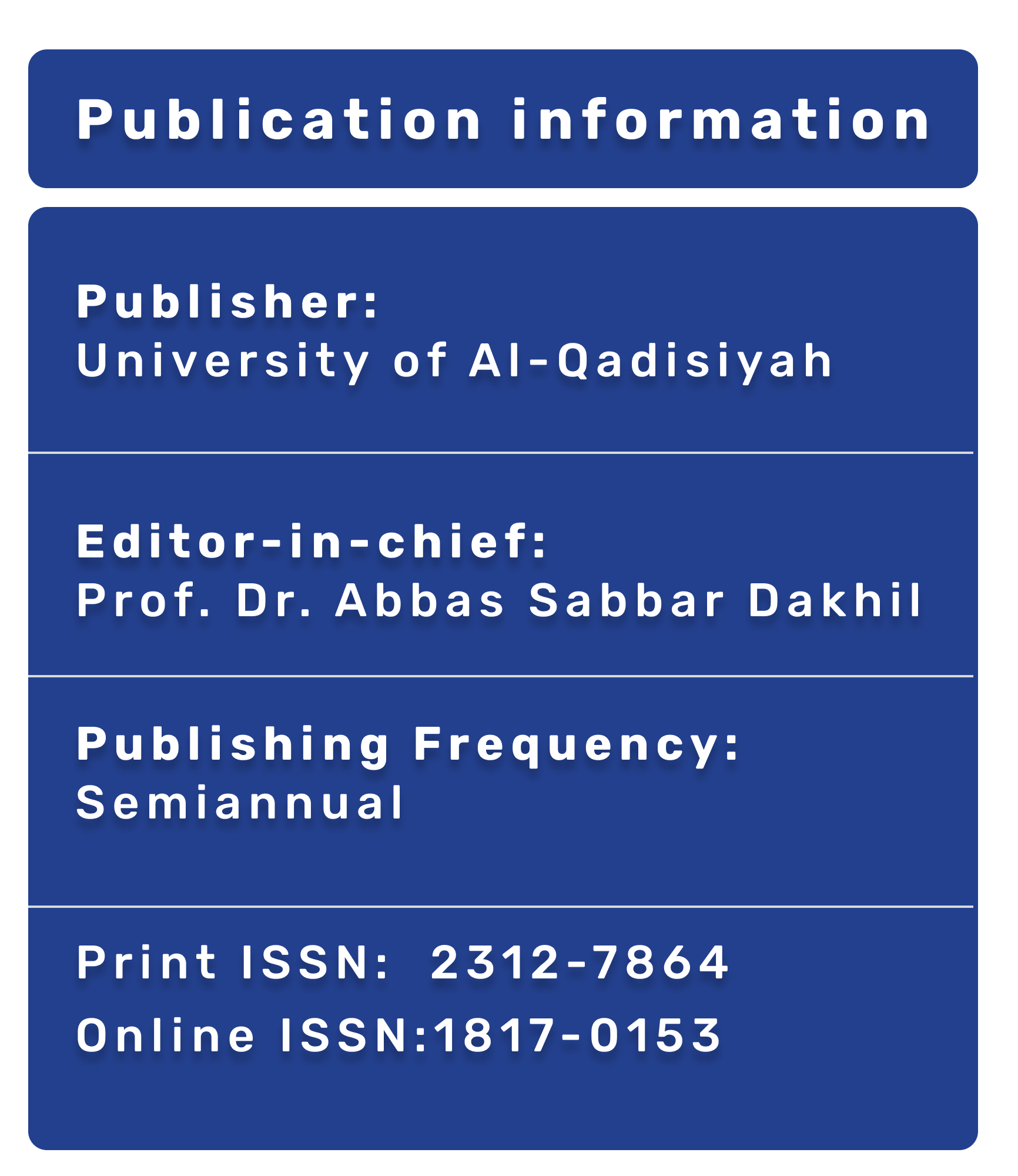Auditory brainstem evoked response in deaf children
DOI:
https://doi.org/10.28922/qmj.2015.11.19.102-106Abstract
This study is designed to determine the degree , type of deafness, and site of lesion in the auditory pathway of deaf children by using Brainstem evoked response audiometry.This study is prospective in nature. It considerd 56 patients with deafness which were assessed between July and December 2010 in E.N.T outpatient clinic, department of otolaryngology, in Al-Diwaniya teaching hospital, AL-diwaniya city, Iraq.
The study shows that The degrees of deafness are: out of 56 patients, 12 patients (N=12, 21.4%) have mild deafness (20db- 40db loss), 16 patients (N-16, 28.6%) have moderate defness (40db- 60db loss), 28 patients (N=28, 50%) have sever or profound deafness (60db- 100db loss). The type and site of deafness are: out of 56 patients, 11 patients (N=11, 20% have conductive deafness, 26 patients (N=26, 46.4%) have cochlear (sensory) deafness, 17 patients (N=17, 30%) have retrocochlear (neural) deafness, 2 patients (N=2, 3.6%) have cortical deafness.
the brainstem evoked response audiometry valuable audiological test to assess the auditory pathway in children.








